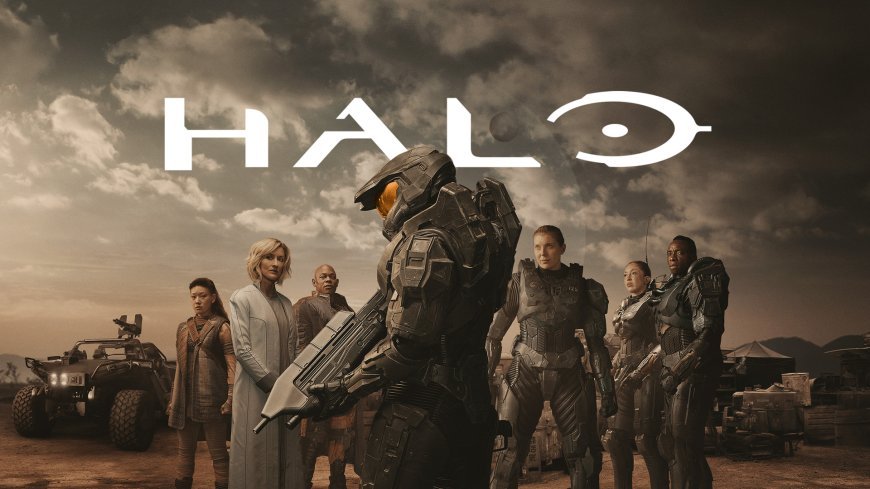The Halo (2003) game icons and banners are more than just graphics; they represent the soul of the Halo series, capturing its iconic imagery and helping to create a lasting legacy in the gaming world. From its early days, Halo revolutionized the gaming experience, and the game’s visual design played a crucial role in this success. In particular, the Halo (2003) game icons and banners helped define the visual language that would become synonymous with the franchise, shaping the way players interacted with the game and immersing them in its expansive universe.
The Importance of Halo (2003) Game Icons and Banners in Defining the Game’s Identity
When players first launched Halo: Combat Evolved in 2003, the Halo (2003) game icons and banners served as a crucial introduction to the game’s world. The icons were used to represent everything from weapons to vehicles to key gameplay elements, while the banners acted as larger visual representations of the game’s narrative and multiplayer events. These elements did more than just provide aesthetic appeal; they were designed to enhance gameplay by making the player’s interactions intuitive and visually engaging.
For example, the Halo (2003) game icons and banners were created with simplicity in mind, allowing for immediate recognition. Players could instantly identify what weapon they were using or which faction they were aligned with, thanks to the clear and bold icons. The banners, on the other hand, showcased key factions, such as the UNSC and the Covenant, helping players feel a part of something much larger than just the in-game battles.
Halo (2003) Game Icons and Banners as a Gateway to Immersion
The Halo (2003) game icons and banners were instrumental in drawing players deeper into the Halo universe. These visual elements not only signaled the different aspects of gameplay, but they also set the tone for the entire experience. The Halo (2003) game icons for weapons like the pistol or sniper rifle were easily identifiable, which helped players quickly understand their surroundings during intense battles. Meanwhile, the Halo (2003) game banners displayed powerful imagery from the game’s lore, such as the dramatic battles between the Covenant and UNSC, which made the game’s world feel even more alive and expansive.

As players progressed through the game, the Halo (2003) game icons and banners helped them track their achievements and customize their experience. Whether through the use of iconic Spartan helmets in the banners or the representation of different factions in the icons, these elements contributed to a deeper connection between the players and the game’s storyline.
The Evolution of Halo (2003) Game Icons and Banners Over Time
While the Halo (2003) game icons and banners were simple yet effective in their early designs, they underwent significant changes in later Halo releases. As technology advanced and the franchise expanded, the Halo (2003) game icons and banners began to reflect the evolving aesthetic of the series. In Halo 2 and beyond, the icons became more dynamic, featuring intricate designs and three-dimensional effects that added depth and realism to the game’s visuals.
Similarly, the Halo (2003) game banners evolved to include animated elements, vibrant color schemes, and more detailed depictions of characters and environments. These changes mirrored the growth of the Halo franchise, which had transitioned from a groundbreaking first-person shooter to a full-fledged cultural phenomenon. By this time, Halo was not just a game, but a platform for fan engagement, with the Halo (2003) game icons and banners continuing to play a key role in that connection.
How the Halo (2003) Game Icons and Banners Shaped the Gaming Landscape
The influence of the Halo (2003) game icons and banners extended beyond the series itself. These elements set a new standard for how games could use visual design to tell a story and enhance player experience. The Halo (2003) game icons became a symbol of the Halo universe, instantly recognizable by fans around the world. The Halo (2003) game banners, which highlighted specific events and milestones, became a staple in the gaming community, and their influence can still be seen in modern games today.
These visual elements were groundbreaking not just in their simplicity, but in their ability to evoke a sense of identity and pride among players. Whether in the form of an icon for a weapon or a banner for a faction, the Halo (2003) game icons and banners helped define the game’s cultural significance, offering players a way to connect to the Halo universe in a way that was both fun and meaningful.
The Lasting Legacy of Halo (2003) Game Icons and Banners
The Halo (2003) game icons and banners have left a lasting mark on gaming culture. They are a testament to the importance of visual design in creating an immersive experience that resonates with players. From their humble beginnings in 2003, the Halo (2003) game icons and banners have become iconic, transcending the game itself to become part of the broader Halo legacy.

Today, these elements continue to be celebrated by fans through fan art, merchandise, and special events. The Halo (2003) game icons and banners remain a symbol of the franchise’s early days, and their influence can still be felt in every new Halo game and related media.
Also Read: rainmakerless.com Your Gateway to Simplified Business Success
Conclusion
In conclusion, the Halo (2003) game icons and banners played a pivotal role in defining the Halo franchise’s identity and enhancing the player experience. These visual elements were not just functional, but also deeply tied to the game’s narrative, creating a lasting connection between the game and its players. Whether through their simplicity in the icons or their grandeur in the banners, the Halo (2003) game icons and banners set a new benchmark for visual storytelling in gaming. Their legacy continues to shape the Halo series, and their influence can be seen in the games of today.


